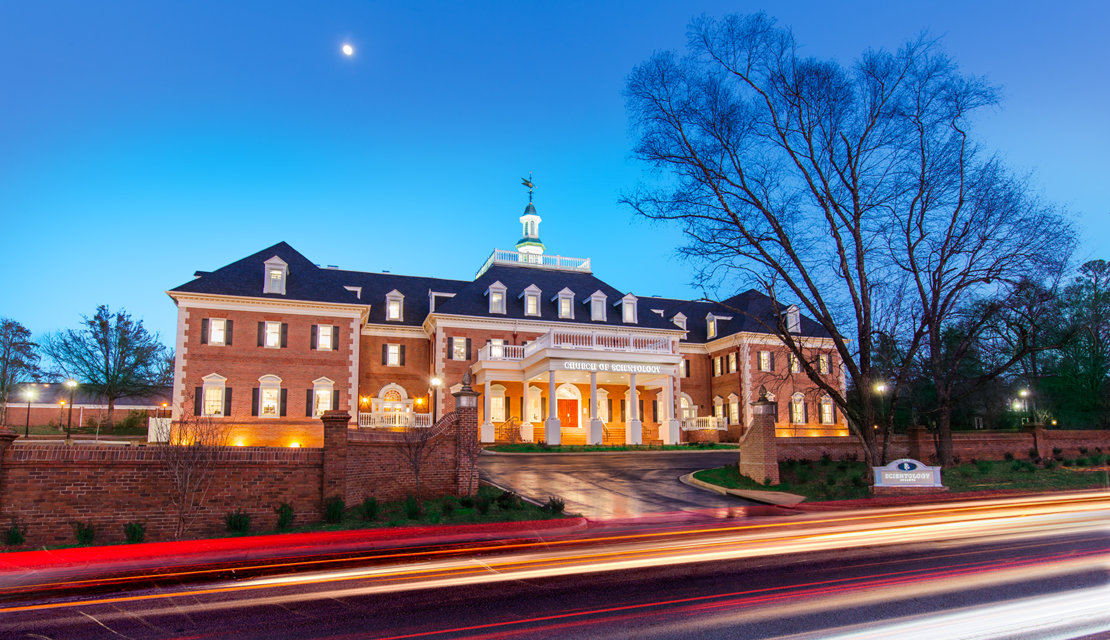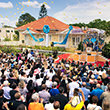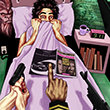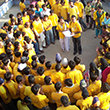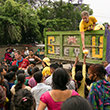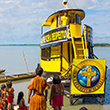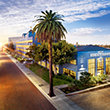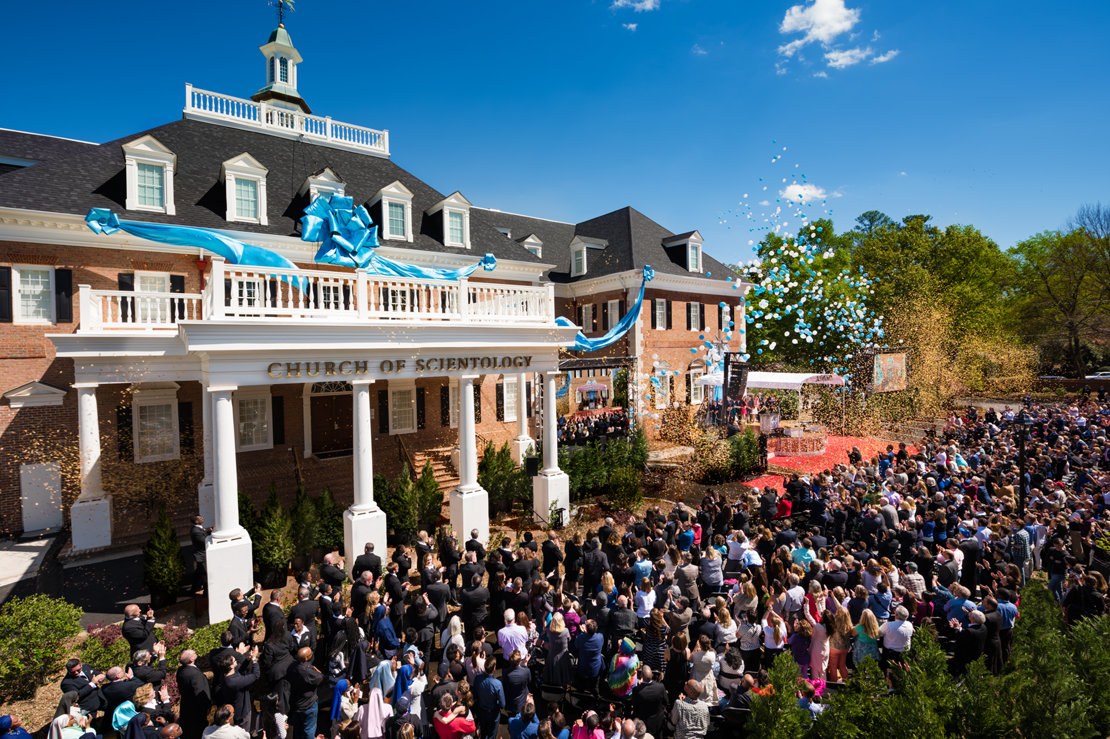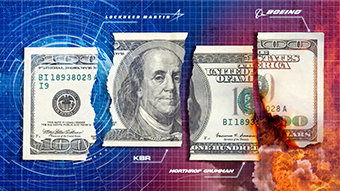This is a story about the joy, the mission, the festivities of a new, “Ideal” Church of Scientology.
It’s an important event, very much so, and it transpired on April 2, 2016, in a place called Atlanta, a big city in the heart of Georgia, in territory called the South, which is a fabled realm where history is as alive today as it was many years ago when it happened.
This event echoed and harmonized with that history. As Scientology’s ecclesiastical leader, David Miscavige, said at the opening: “You already know what this Ideal Church of Scientology portends for people out there: People so beaten down by life they’ve forgotten that happiness still lies within them; people who catch sight of themselves in a mirror and wonder what they missed. … Having given of yourselves to create this Ideal Org [Organization] … people might recover the joy with which they were endowed.”
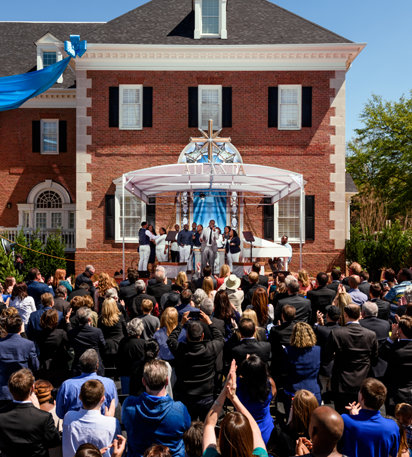
In the ways of the South and of Southern storytellers, however, this chronicle of the Church’s opening can’t just be told about bricks and steel—it requires some explanation, about the people there and the forces that have come together to make Scientology in Atlanta a powerful generator for good, or as we say down South, what’s righteous. That is a Southern story worth writing—and, of course, well worth reading.
We’ll start this tale not at that Church, but at another very special place in Atlanta, one of our country’s most revered shrines. The Martin Luther King Jr. National Historic Site beckons visitors who prize freedom. Surrounded by the frenetic bustle of the South’s economic capital, The King Center is an oasis of charm, contemplation and placidity. It was not always so.
This was the birthplace, after all, of the nation’s Civil Rights Movement, a struggle that finally enjoined all Americans to regard each other as peers, if not exactly brothers and sisters. It was where at another church, Ebenezer Baptist, a young black preacher, Martin Luther King, galvanized the nation with tumultuous oratory that spoke about dignity and equality.
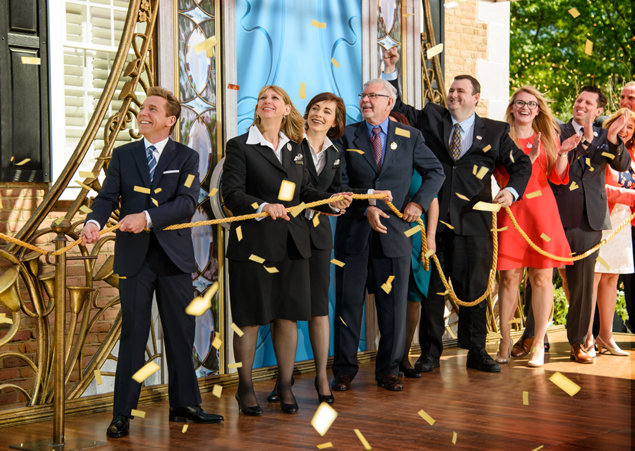
One of Dr. King’s most treasured quotes reminds all of us: “Life’s most persistent and urgent question is, ‘What are you doing for others?’”
About 17 miles away is another shrine, bespeaking a quite different, albeit intricately related struggle. Stone Mountain is a granite rock on whose north face is carved the largest bas-relief sculpture in the world, almost two football gridirons in size. The monumental carving depicts leaders in a lost cause that was waged a century and a half ago, and which in these parts is often declaimed as the “War of Northern Aggression.” A rebel president, Jefferson Davis, and generals Robert E. Lee and Thomas “Stonewall” Jackson (as well as their beloved steeds, Blackjack, Traveller and Little Sorrel), adorn Stone Mountain. Were they villains, or heroes—or both? In the South, that question is still hotly debated, and remains a paramount conundrum.
In 1915, the Ku Klux Klan had its first cross-burning, an overture to the bloody racism of the “Jim Crow” era when African-Americans, Jews, Catholics, union organizers and many others were terrorized, lynched and systematically deprived of rights. That wretched immolation of a religious symbol took place on top of Stone Mountain.
What made Atlanta the city it is today stems from Yankee Gen. William Tecumseh Sherman’s torching the city in November 1864. “I intend to make Georgia howl,” Sherman declared. And, yes, he did.

But in the aftermath of that conflagration, a mighty metropolis rose. Atlanta’s emblem is the regenerating fiery phoenix, the city’s official motto is the aggressive “Resurgens,” its favorite unofficial motto is “a city too busy to hate.”
A new shrine now has been added to the Atlanta area, the Ideal Church of Scientology of Georgia. The spiritual footprint for that Church is not just Atlanta, or even Georgia—it is the South. Scientology, which has been in the city since 1973, now has a spectacular new home from which to launch humanitarian crusades, and guide ever more people to spiritual and mental freedom.
The Ideal Church (or Ideal Org or Organization) is much closer in spirit to The King Center than Stone Mountain. Yet, all three are intrinsically rooted in Georgia. Indeed, much of Scientology Founder L. Ron Hubbard’s research on Dianetics—the forerunner and sub-discipline of the religion—took place during the late 1940s in Savannah.
The motive for that research—and everything else about Scientology, up to fêting thousands of people at the Atlanta opening—is woven into words by Mr. Hubbard that resonate with MLK’s message above: “A being is only as valuable as he can serve others.”
And how does a Scientology Ideal Church serve others? Mr. Hubbard stated 41 years ago that “the ideal org would be an activity where people came to achieve freedom and where they had confidence they would attain it.”
Within days of the Church’s inauguration, Atlanta’s Scientologists started rapidly fulfilling the words of both LRH and MLK by tackling some of the most entrenched problems in Georgia—illiteracy, drugs, crime and psychiatric abuse.
On May 14 when a national convention of psychiatrists came calling on Atlanta, with snake-oil huckstering of their mind-killing drugs and electric torture machines, the Church marshaled 500 people to confront the charlatans. Actress and Scientologist Kirstie Alley threw down a gauntlet at the head-shrinks: “Hell no! You are the cause of destroying this country!! YOU WILL NOT DESTROY OUR CHILDREN.”
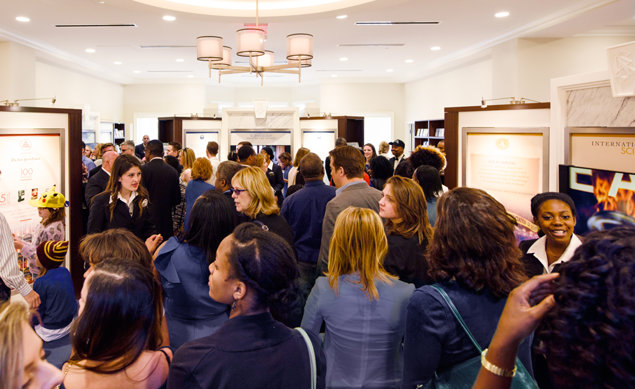
That’s what Scientologists do—fighting psychiatric abuse, championing human rights, spreading the truth about drugs to kids, proclaiming a way to happiness based on morality, finding ways for ex-cons to live good, honest lives in society. Now Scientologists have much better tools with the new Church.
That message of hope was sweet balm to speakers at the opening:
The Rev. James Milner, who had marched with MLK, recalled to the crowd that “we were fighting oppression. … Drugs are the almighty oppressor today. They cause people to lose their humanity.” Referring to the Scientology-supported drug education initiative, the reverend said: “We use the materials, our counselors use them, and with the Drug-Free World program in use, drug abuse has dropped.”
Orlando Johnson of the Agape Center spoke about Mr. Hubbard’s The Way to Happiness, a non-religious guide for ethics and morality. “We deal with addicts, we deal with felons and those wishing to start life anew. It’s a tough crowd, but after a person goes through a The Way to Happiness class at our center, I see the message stays with them.”
Pamela Carn of the Interfaith Children’s Movement had an appeal to salvage the next generation from crime and drugs. “That is the unique thing about Scientology—you’re not ‘apart from.’ No, between your advocacy work and the basic tenets of the Church, you are all about building.”
Georgia State Senator Donzella James spoke of the loss of her sister at the hands of psychiatry. “There was nobody on our side … until you came to the halls of our state capitol with Citizens Commission on Human Rights and the Psychiatry: Industry of Death exhibit. Since that time, we have partnered to bring this information. … We have introduced legislation to attack the root of the problem, and this new Church is a place for us to reach out from, to keep spreading the word.”
It was a crisp spring day in Atlanta on that April morning. Bright sunlight warmed a crowd at a large building on busy Roswell Road in the northern Atlanta suburb of Sandy Springs, while just the right bit of coolness made people exclaim how happy they were to be outside.
More than 1,500 people “ooohhh-ed” and “aaahhh-ed” at the stately, 45,000-square-foot Williamsburg-style mansion, strategically located on one of the busiest thoroughfares in the city.
The crowd quickly got the message that this was pure Georgia—as youthful musicians gave a spirited rendition of Ray Charles’ “Georgia on My Mind.” And, yes, a ribbon was pulled, there were tours of a grand building, and a public information center replete with knowledge galore, was standing room only.
As Mr. Miscavige told the throng: “Yours is a city of enduring inspiration; a city of grace and magic, that is not gone with the wind, a city where even oaks and magnolias possess souls. And a city of remembrance that also foretells of the future.
“This is Scientology for a new American South. … So, while this city is rightly remembered as a wellspring of civil rights and a catalyst for commitment, and while it’s also still a place of endearing charm and nostalgic memories, well, just wait till you see what else will be nostalgically remembered—now that you’ve placed this first Ideal Org in Atlanta.”
In the South, Atlanta’s Scientologists add to that: Y’all come.
